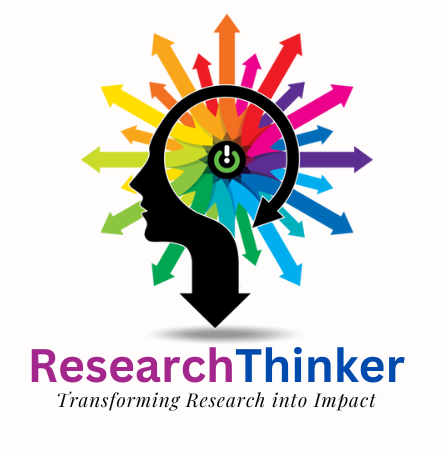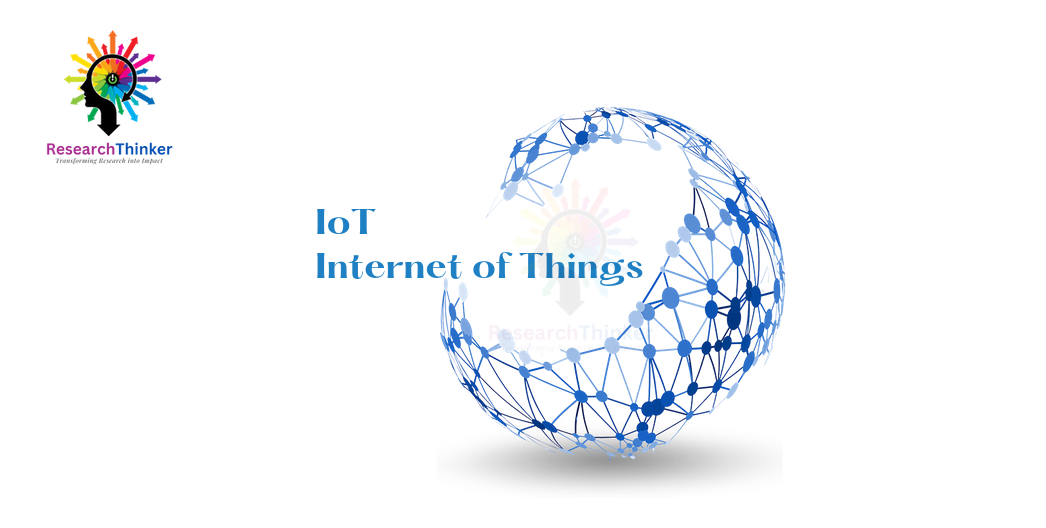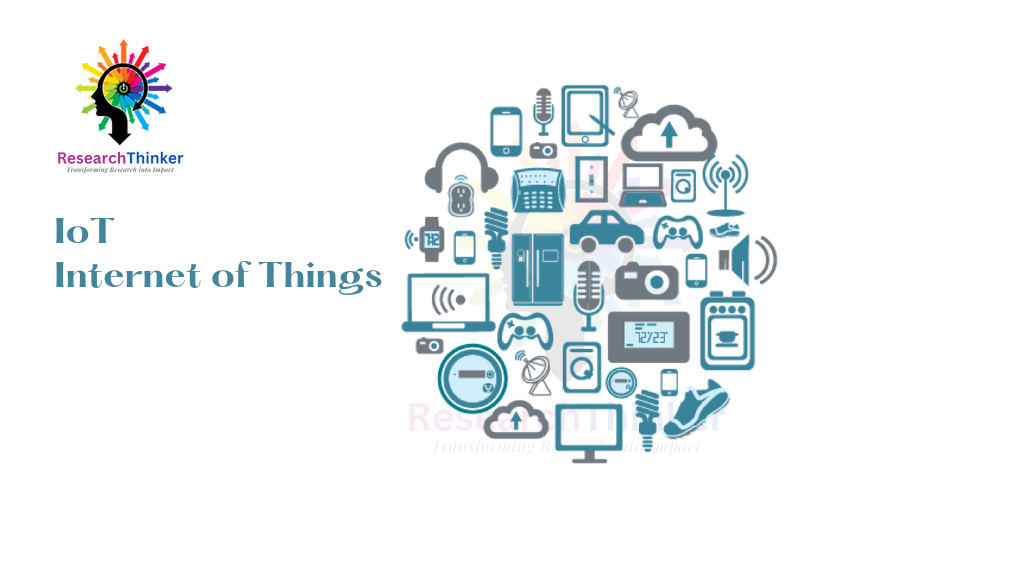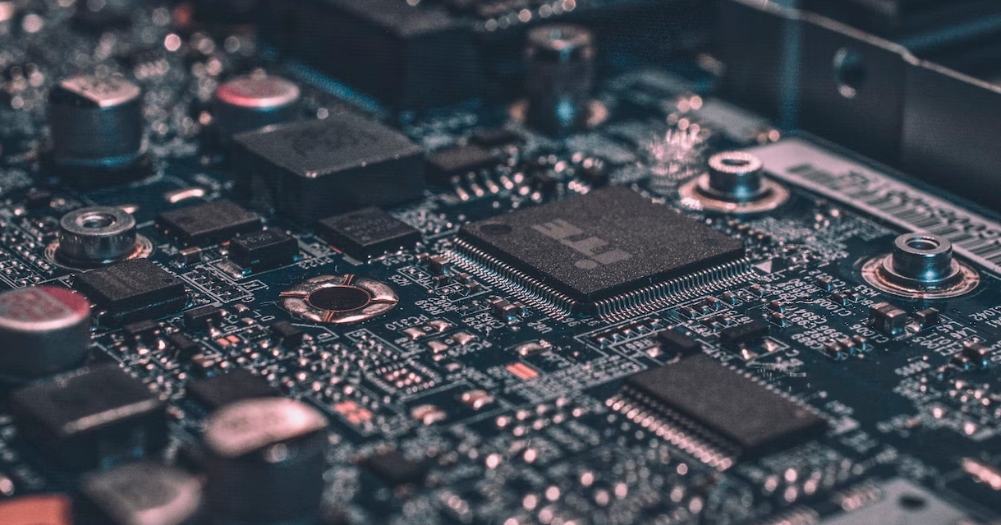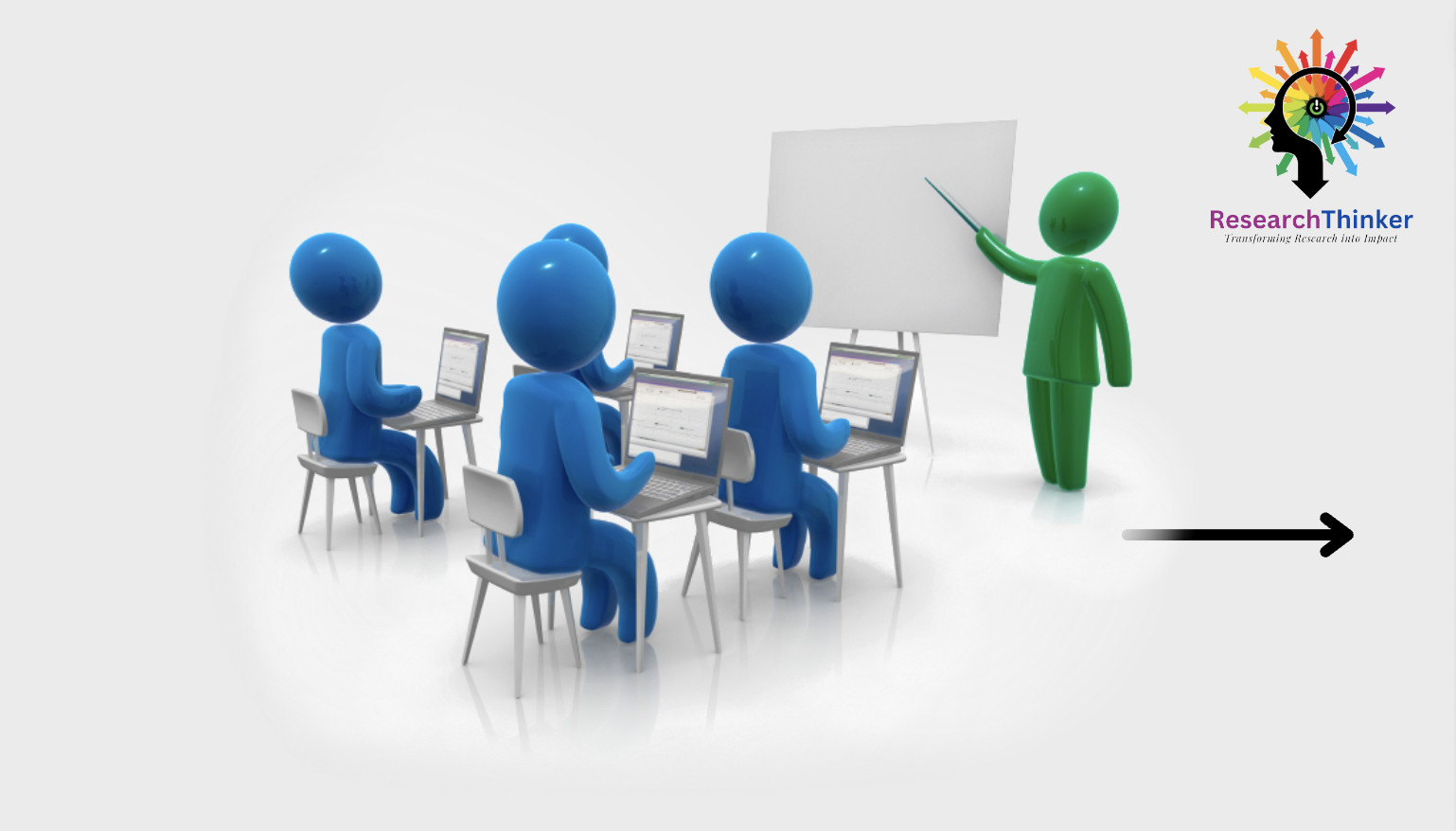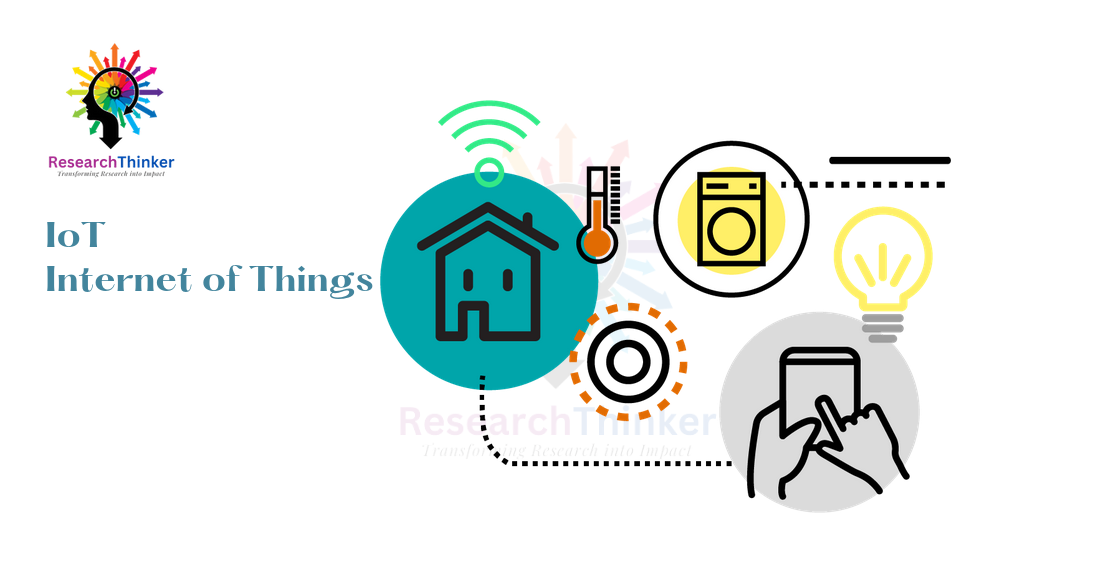The main components of the Internet of Things (IoT):
1. Devices and Sensors: These are the physical objects or devices that are connected to the internet and collect data. They can include various sensors, actuators, and controllers that interact with the physical world.
2. Connectivity: The devices need to be connected to the internet to transmit and receive data. This can be done through various communication technologies such as Wi-Fi, Bluetooth, cellular networks, Zigbee, or LoRaWAN.
3. Data Processing and Analytics: The data collected from IoT devices needs to be processed and analyzed to derive meaningful insights. This can involve cloud computing, edge computing, or distributed processing systems.
4. Cloud Services: Cloud platforms provide storage, computing power, and infrastructure for managing and analyzing the massive amounts of data generated by IoT devices. They offer scalability, security, and accessibility for IoT applications.
5. Network Infrastructure: IoT requires a robust and reliable network infrastructure to enable communication between devices and transmit data to the cloud or other endpoints. This includes routers, gateways, and network protocols.
6. Application Development and Integration: IoT applications are built on top of the data collected from devices. This involves developing software applications, APIs, and integration with other systems to enable automation, control, and decision-making based on IoT data.
7. Security and Privacy: As IoT devices and systems collect and transmit sensitive data, ensuring security and privacy is crucial. This involves implementing encryption, authentication mechanisms, access control, and secure communication protocols.
8. User Interfaces: IoT applications often require user interfaces to interact with devices and visualize data. This can include web interfaces, mobile apps, dashboards, or voice interfaces.
9. Standards and Protocols: Standardization plays a vital role in ensuring interoperability and seamless integration between different IoT components. Common protocols include MQTT, CoAP, HTTP, and industry-specific standards.
These components work together to enable the collection, transmission, processing, and utilization of data in IoT applications, allowing for automation, monitoring, and optimization across various industries and domains.
